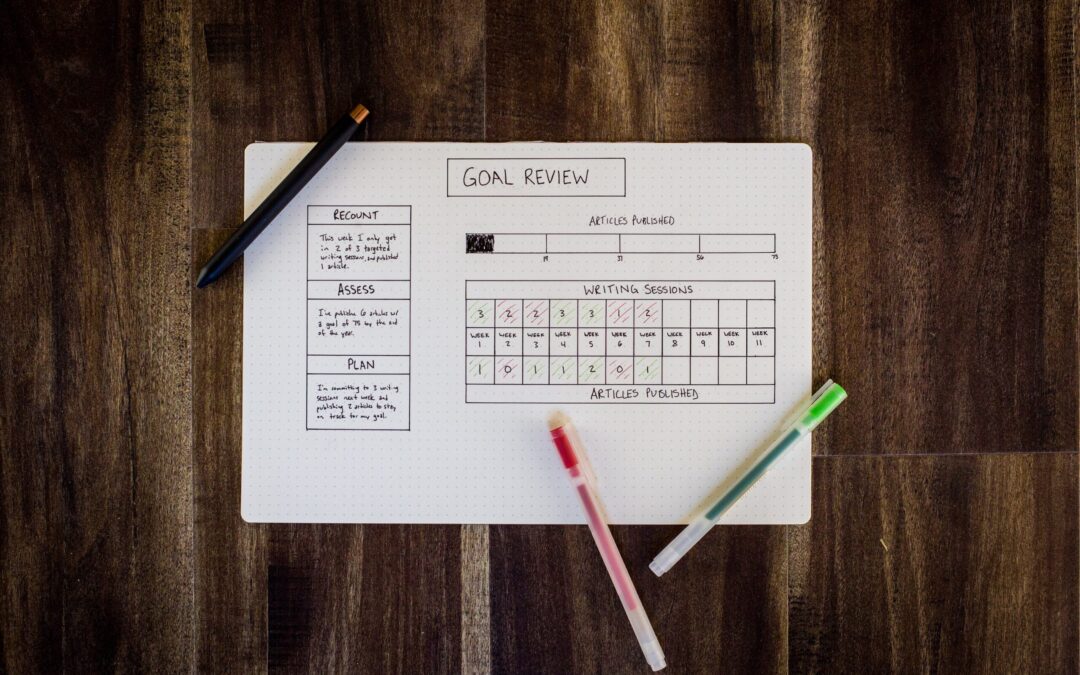
by The Children's Treatment Center | Feb 9, 2018 | General
We’ve gotten through the first month of a new year and many of us have already abandoned our New Year’s resolutions. As adults, we have good intentions about goal setting for things we want to work on or change throughout the year. Stating a goal is easy, however,...


